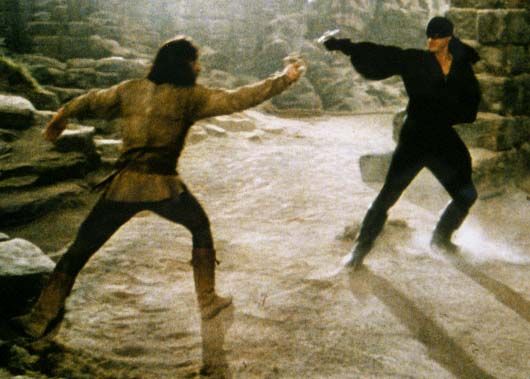Swordcraft
|
Negotiation Anatomy™
|
swordcraft
/sɔːdkrɑːft/ (Also “swordsmanship” (archaic)) (n.)
Adeptness at the great martial art of negotiation. Swordcraft is the art of knowing when to call, when to dig in, when to let it go, when to make a joke, when to call bluff and, at the limit, when to walk away.
Understand “swordcraft,” here, as a technique in an infinite game. It does not manifest as outright hostile behaviour — that would be guncraft, and it has no place in a negotiation you not planning to end — rather, swordcraft is a technical, impressive and beautiful, but above all constructive dance: a theatrical demonstration of skill, balance, movement and technique intended not to win, but to continue the game, by conveying excellence: subject-matter expertise, concern for one’s own position and commitment to the forthcoming partnership.
Negotiation is a form of courtship ritual.
Note that while Swordcraft demands of its practitioners innate interpersonal skills, it is largely learned. The most effortless charmer must put putting in the hours to do it: learning your subject matter, learning what matters and what doesn’t, practising situational application of serenity’s prayer.
Swordcraft and School-leavers from Bucharest
Now we have few harsh words to say about those enthusiastic Romanians who populate call centres on the Black Sea and grind out our ISDAs. Their patience, their application, and their appetite for the stupefyingly dull is beyond reproach, but they do not, generally, have, or need, any sword-handling skills. What they do is not so much negotiation as onboarding: a coordinated process of matching risk settings between organisations to get on and start trading. Once upon a time it was negotiation, but the process has, for better or worse, been deprecated.
